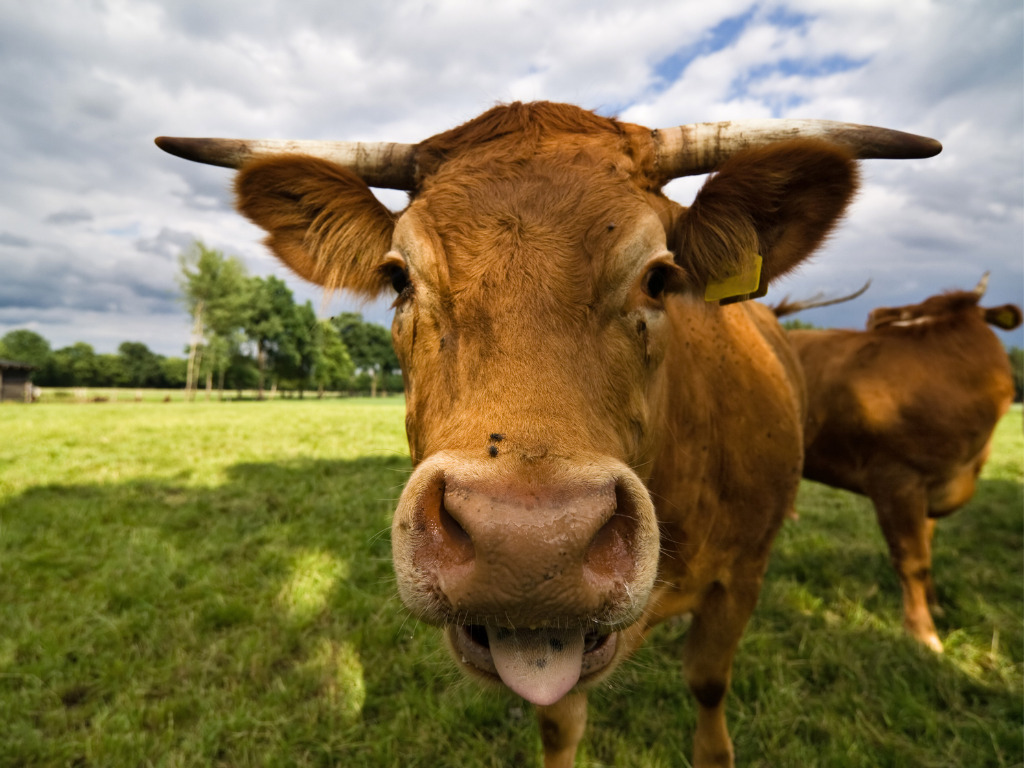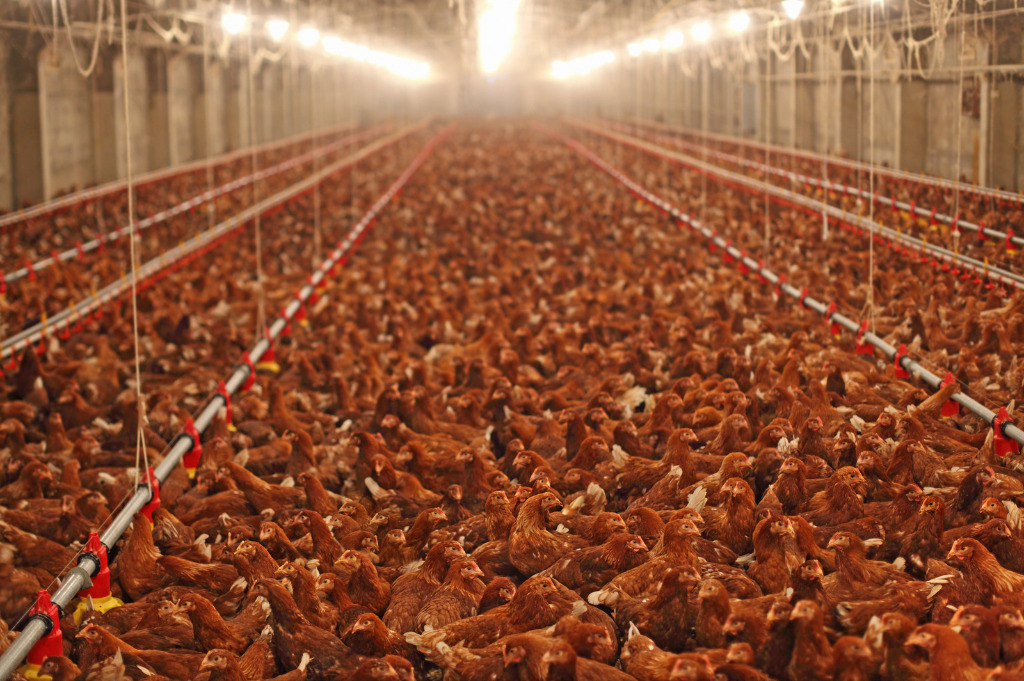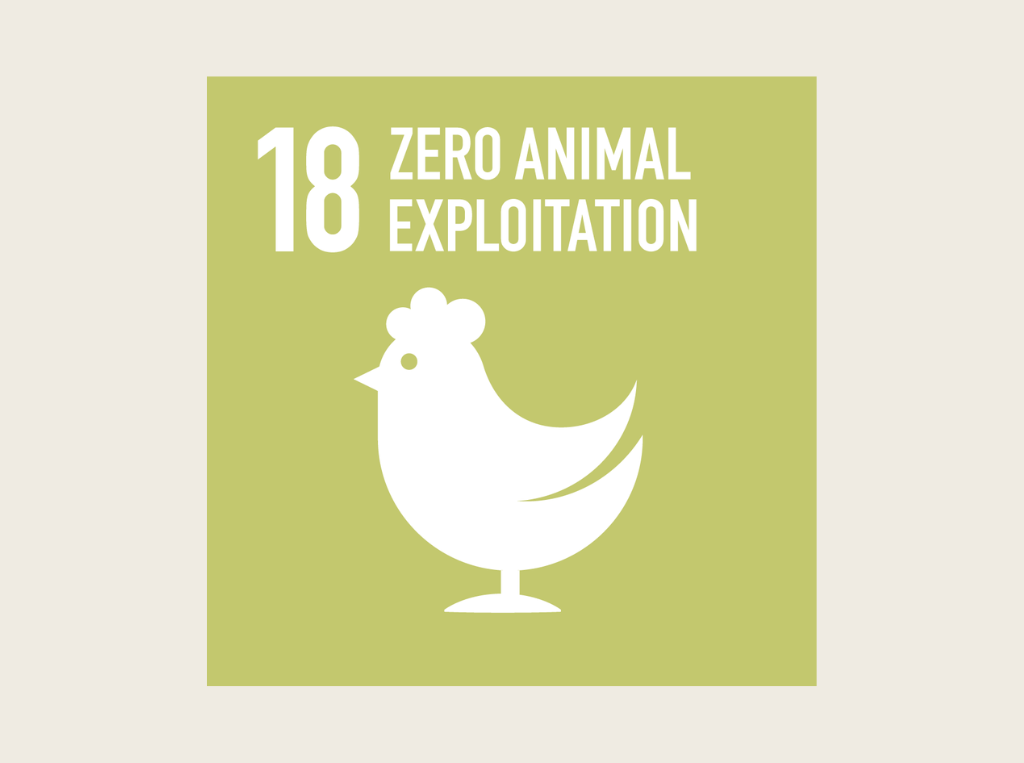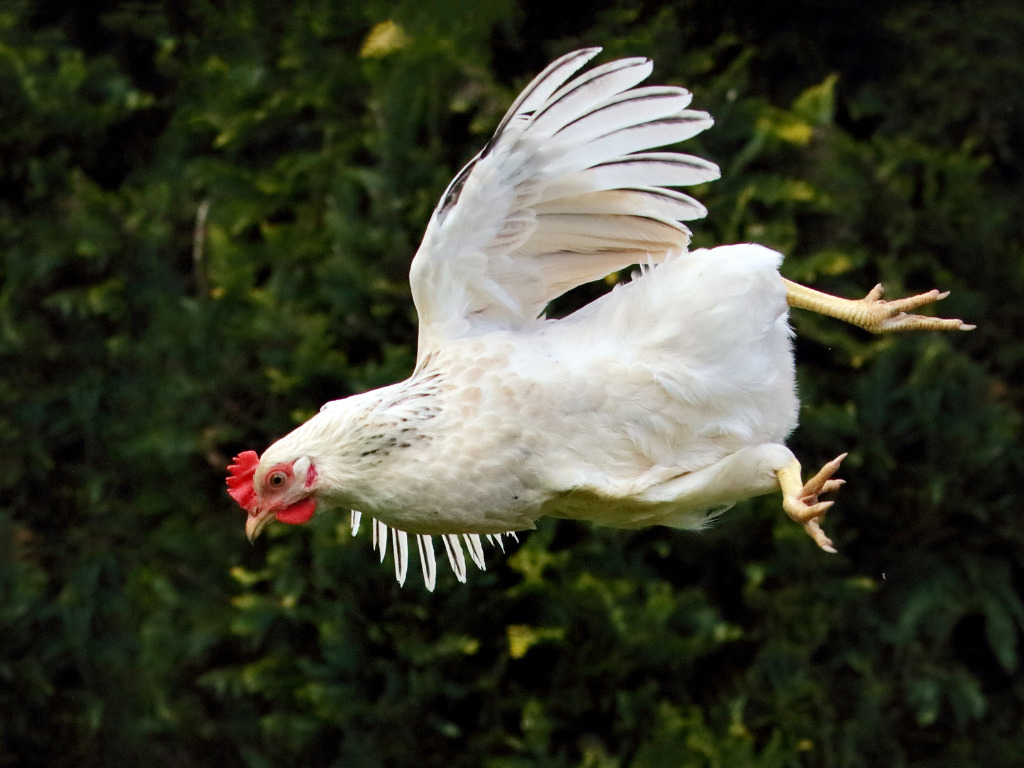5 Mins Read
Animal advocacy group Beyond Cruelty Foundation (BCF) is calling for the addition of SDG18 – Zero Animal Exploitation to the UN’s list of Sustainable Development Goals (SDGs). The organisation argues that none of the current 17 targets is achievable without this animal welfare goal, and has had discussions with UN representatives across various departments.
The UN introduced its SDGs in 2015, as part of an urgent call for countries across the globe to improve social, economic and environmental prosperity by 2030. But BCF – the charitable arm of Beyond Investing, Beyond Impact and Beyond Animal – believes the 17 goals can’t be achieved without its proposed 18th one, which aims to end animal exploitation.

“Whether it’s eradicating world poverty and hunger, achieving gender equality, implementing quality education for all, protecting the environment, and the many other issues the 17 SDGs aim to address, none of it is possible without reducing or ideally removing animal exploitation,” says BCF president Claire Smith, two years after first floating this idea.
For example, BCF argues that SDG14, Life on Water, encourages conversation but promotes fishing as a sustainable activity, despite evidence about the detrimental effects of overfishing. SDG15, Life on Land, meanwhile, discusses deforestation and restoration of habitats, but makes no mention of animal agriculture. “The SDGs ignore many highly damaging aspects such as from animal agriculture, its inefficient use of resources, the amount of greenhouse gases emitted and waste that pollutes waterways,” says Smith.
Why animal welfare is a crucial SDG

The new campaign hopes to convince the UN to add the 18th goal of zero animal exploitation to its current list; encourage countries and stakeholders to adopt policies seeking to reduce and eliminate reliance on animals; and serve as an informational hub raising awareness about how animal exploitation undermines the 17 SDGs.
“The reason for creating this campaign for an SDG18 is exactly because the UN has not focused on animal exploitation to any degree to this point. Animal agriculture is the largest part of animal exploitation and the most damaging to the achievement of the existing SDGs,” Smith tells Green Queen.
She explains that animal agriculture is a human-driven commercial activity – think animal testing and gambling on races. It’s crucial to find effective, more sustainable replacements to reduce the number of animals involved. “In the same way that governments are supposed to be adopting policies to encourage the achievement of the existing SDGs, there is much that they could do to render animal exploitation an unattractive commercial activity,” notes Smith.
She confirms that BCF has been in talks with personnel from various UN departments related to environmental finance, labour, conservation and development programmes: “All of them see merit in a shift away from the use of animals. However, without an overarching goal, it is hard for them to incorporate this aim into their specific projects.”
She adds: “Whilst we are aware of some people within the UN who are sympathetic and recognise the connection, we believe that by formalising SDG18 as a goal, we are joining the dots across its impact on the other SDGs, and pointing out how the use of animals is the very antithesis of sustainable development.”
How animal agriculture impacts current SDGs

According to a report by the Social Progress Imperative, all SDGs have been projected to miss the 2030 mark by at least 60 years. It has led to multiple initiatives hoping to accelerate the progress – can adding an entirely new goal help that cause?
Smith believes it can, as ending animal exploitation would positively impact all SDGs, but especially those where the use of animals severely undermines – or even prevents – their achievement. “Climate would be one example, where action on all fronts is necessary, and ignoring animal agriculture risks exacerbating the problem,” she notes.
She expands on animal agriculture’s impact on the aforementioned SDGs 14 and 15: “Life on Land and Life Below Water are obviously directly affected by the heavy land use of animal farming (both pasture and the vast fields necessary to grow animal feed) as well as fishing (both for direct consumption by humans and to produce animal feed), which is decimating ocean life.
“Huge herds and flocks produce massive amounts of waste, which poisons waterways, and their drinking and irrigation of crops for feed uses millions of gallons of freshwater – not forgetting the processing, packaging and distribution involved.”
A lot of this is also detrimental to Good Health and Wellbeing (SDG3), and the opposite of Responsible Consumption and Production (SDG12), says Smith. Additionally, SDG2, Zero Hunger, is also “undermined by the resources going to produce animals”, many of which are needed to feed humans directly.
Events and an animal welfare coalition to support SDG18

To further illustrate the link between animal agriculture and SDGs, BCF has designed a tile akin to the current SDGs, featuring a chicken – “one of the most exploited animals in the world”. It plans to hold free online events with expert speakers from multiple industries. “Each of these events will draw on the extensive compilation of research that Beyond Cruelty Foundation has done to date… bringing together the experts in each field related to the SDGs and viewing the objective through the lens of animal exploitation,” explains Smith.
BCF also hopes to create a coalition of animal advocacy groups and activists to endorse the initiative. “Several of them are ready to join in the coming weeks,” Smith reveals. “Through collaborative engagement, we believe that we can leverage the work that has already been done in individual campaigns and combine forces to achieve a global goal, in partnerships aligned with SDG17.”
She concludes that a shift away from animal exploitation is “necessary and inevitable”, both “for the sake of life on earth and a civilised society”: “Hopefully, others will also realise that this transition must be managed effectively as opposed to occurring catastrophically as a function of climate and biodiversity collapse. With appropriate support, proper planning and the implementation of viable steps, our global goal of Zero Animal Exploitation can be achieved and assist in the achievement of the other 17 SDGs.”



